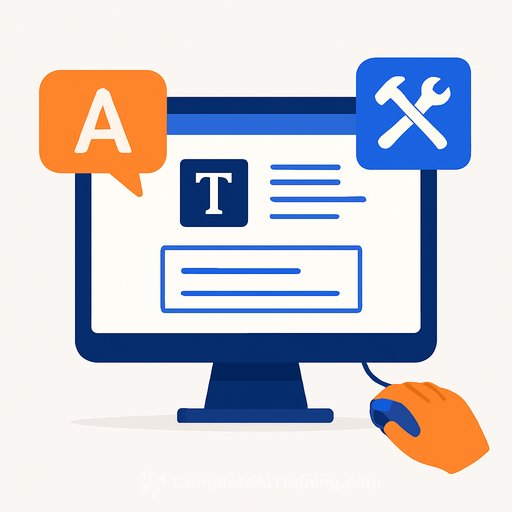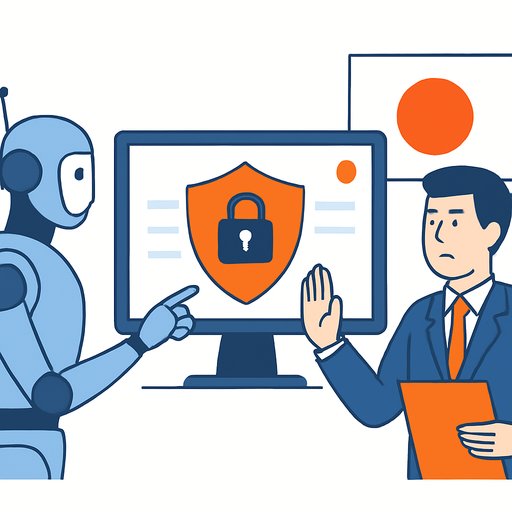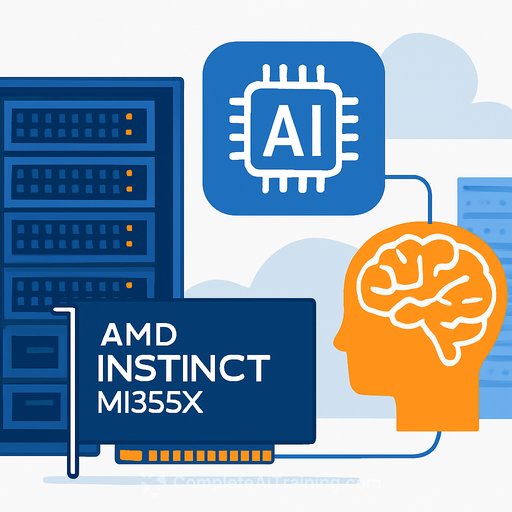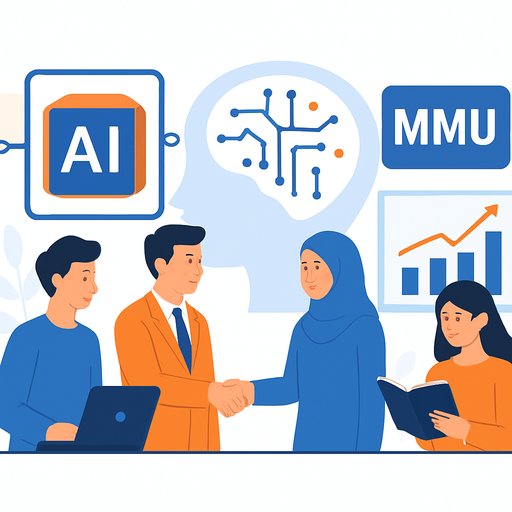EA Partners With Stability AI to Speed Up Game Development: What It Means for Your Pipeline
Electronic Arts is partnering with Stability AI to bring generative AI into production workflows. The headline outcomes: faster iteration on textures and materials, quicker environment pre-visualization, and more efficient asset pipelines across VFX, physics, and real-time animation.
EA's message is clear: AI will support artists, designers, and engineers, not replace them. That said, introducing AI into core workflows changes how teams plan, build, review, and ship content. If you're in IT or development, this move is a signal to evaluate your own stack, guardrails, and training plans.
What EA Says Is Coming First
- Accelerated Physically Based Rendering (PBR) material creation, including tools that generate 2D textures with accurate color and lighting across scenes.
- Pre-vis of entire 3D environments from directed prompts, letting artists set intent and iterate faster on look, feel, and layout.
- Expansion of existing ML-driven workflows (e.g., photo-to-likeness) to broader 3D content creation, aiming for more scale with fewer manual steps.
Source statements and context: EA News and Stability AI.
Where This Fits in a Modern Game Dev Pipeline
- Asset creation: Generate and variant-ize PBR materials, enforce color calibration, and reduce hand-painted rework. Build texture libraries with consistent maps (albedo, normal, roughness, metalness) that pass automated checks.
- Environment pre-vis: Prompt-based scene blockouts to validate composition and gameplay flows early. Use as a starting point, not final art.
- Character workflows: Photo-to-head or likeness tools as a baseline, with artists correcting anatomy, topology, and shading. Keep face rigs and LODs in your control.
- Animation and physics: ML-assisted secondary motion and parameter prediction, with deterministic overrides for gameplay-critical systems.
Engineering Considerations Before You Roll Anything Out
- Model strategy: Choose hosted APIs vs on-prem. Factor GPU cost, inference latency, privacy needs, and model version pinning. Avoid silent model upgrades.
- DCC integration: Package tools as plugins for Substance, Blender, Maya, Houdini, Unreal, or Unity. Include per-project config and asset naming rules.
- Versioning and CI: Store prompts, seeds, model versions, and outputs in version control (use LFS for binaries). Add asset linting and "quality gates" to CI.
- Data governance: Lock down training data provenance, licensing, and opt-outs. Separate project datasets. Do not let vendor systems train on your assets without clear contracts.
- Quality measurement: Maintain golden sets for textures and materials. Check tiling seams, normal map correctness, and parameter ranges. Track PSNR/SSIM where relevant and add in-engine visual checks.
- Human-in-the-loop: AI proposes, artists approve. Codify review steps in your DCC and source control workflow. Auto-attach provenance metadata to each asset.
- Security and compliance: Strip PII. Enforce API egress rules. Run regular legal reviews for style datasets and third-party content.
- Ops and cost: Batch jobs to control spend, cache outputs, precompute common material variants, and monitor GPU utilization.
Benefits You Can Realistically Expect
- Shorter time-to-first-playable with quicker blockouts and placeholder assets.
- Higher throughput on texture/material production with consistent calibration.
- Fewer repetitive art tasks, more time on direction, polish, and gameplay.
Risks You Need to Control
- Quality drift: Model updates change outputs. Pin versions and record seeds. Keep visual baselines.
- Vendor lock-in: Abstract via a tool layer so you can swap providers. Keep prompts and datasets portable.
- IP and licensing: Be explicit about what data trains which models. Audit third-party content.
- Workforce impact: Roles shift toward direction, technical art, and toolsmithing. Plan for upskilling and clear career paths.
Practical Pilot Plan (4-6 Weeks)
- Scope: One feature team, one DCC, one asset category (e.g., PBR props).
- Baseline metrics: Current time per asset, defect rate, review time, and rework rate.
- Tooling: Add an AI texture generator with project presets, seed control, and auto-metadata.
- Guardrails: Golden set checks, material validator, and a mandatory human approval step.
- Review: Compare speed, cost, and quality vs baseline. If it wins, expand to environment pre-vis next.
What To Watch Next From EA
- How these tools connect with Frostbite and existing material pipelines.
- Clarity on dataset sources, opt-outs, and how proprietary assets are protected.
- Stability of outputs across model updates and project lifecycles.
Bottom Line
This partnership validates what many teams are already testing: AI can compress iteration cycles without removing creative control. The upside is speed and scale; the work remains setting standards, guardrails, and training so quality doesn't slip.
If your studio hasn't started, run a narrow pilot with strict governance and expand only where the data proves it out.
Further resources
Your membership also unlocks:






